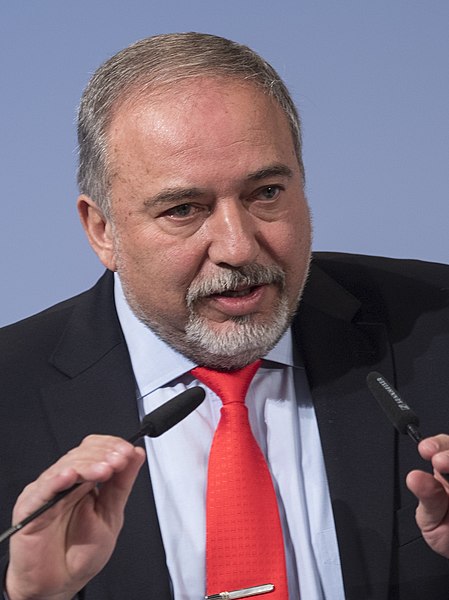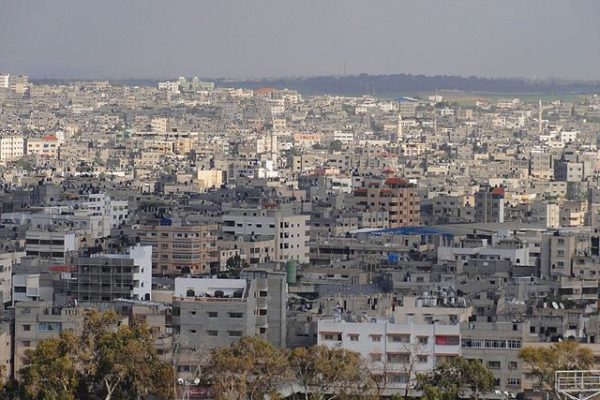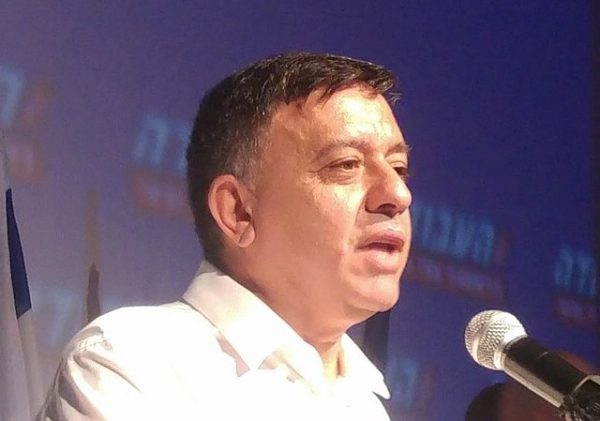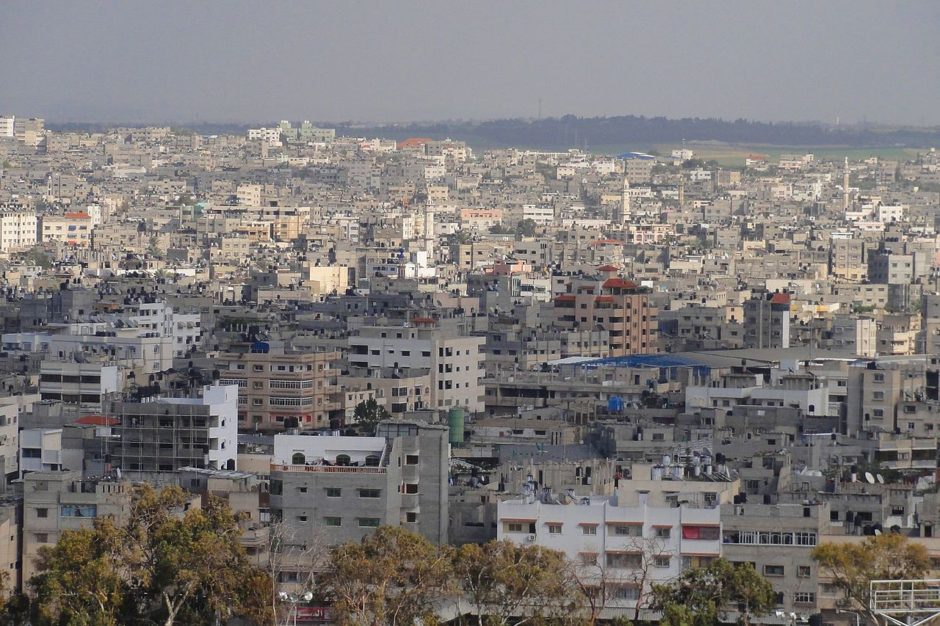One more truce has ended yet another round of hostilities in and around the Gaza Strip. But as we all know, none of the previous ceasefires have lasted long and have always given way to more bloodshed.
The latest flareup, the most serious since the 2014 war, erupted on November 12 and petered out a day later. During the cross-border battles, Hamas and Islamic Jihad fired 460 rockets and mortars at Israel, killing a Palestinian man from the West Bank, severely wounding a soldier and causing considerable property damage. Israel bombed more than 160 targets in Gaza, including strategic assets such as Hamas’ television and radio stations and its military intelligence headquarters, and killed five Palestinians.

Hoping to avoid an “unnecessary war,” Prime Minister Benjamin Netanyhau agreed to abide by a truce arranged, as usual, by Egypt. Defence Minister Avigdor Liberman, describing the ceasefire as “a capitulation to terror,” abruptly resigned and called for new general elections, which will probably take place next February or March.
The latest bout of violence, which was touched off by a botched Israel reconnaissance raid in Gaza which claimed the lives of a senior Hamas commander, six of his men and an Israeli colonel, erupted as Egypt, Qatar and the United Nations tried to defuse tensions in Gaza by means of a long-range truce.

In tandem with these efforts, Israel eased its 11-year-old blockade of Gaza. Israel allowed the delivery of fuel to power Gaza’s electrical plants and permitted Qatar to send $15 million in cash to pay civil servants, who have not been paid in months.
Israel’s symbolic gestures had little effect, judging by the renewal of fighting. What is required is a solution on a far more substantial scale if Israel’s border with Gaza is to be quiet or relatively tranquil.
Gaza, evacuated by Israel in a unilateral withdrawal in 2005, has been ruled by Hamas since 2007. Hamas could have focused on rebuilding the coastal enclave, but chose instead to confront Israel, whose existence it rejects despite its occasional lip service to a two-state solution.
Hamas has poured immense energy into armed struggle rather than reconstruction, this at a time when Gaza, population two million, is plagued by a humanitarian crisis. Unemployment is extremely high. Access to clean water is often problematic. Blackouts are common. Imports are blocked by Israel’s blockade, forcing the Palestinians to build smuggling tunnels.
Conditions have worsened since the United States’ decision to withhold financial contributions to the United Nations Relief and Works Agency, which assists needy Palestinians in Gaza and elsewhere in the Middle East.
Gaza, in short, is an economic basket case in dire need of rehabilitation.
Last February, in Brussels, Israel, the Palestinian Authority and the United States participated in an emergency conference of countries and organizations that channel aid to Palestinians in Gaza.

The Israeli representative, Regional Cooperation Minister Tzachi Hanegbi, presented plans to rehabilitate Gaza through desalination, electricity and natural gas infrastructure projects and through an upgrade of the industrial zone at the Erez border crossing with Israel. Hanegbi estimated these projects would cost about $1 billion dollars and called on the international community to fund them. He also said the projects could not be implemented unless the Palestinian Authority, Hamas’ bitter rival, reasserts its dominant position in Gaza.
Since the Palestinian Authority and Hamas are at loggerheads over an array of issues, Hanegbi’s plans may never leave the drawing boards.
There may be another solution, partial though it may be.
On November 4, eight days before fighting in Gaza resumed, the Israeli daily Haaretz published the draft of a possible truce agreement between Israel and Hamas. According to one of its clauses, Israel would issue work permits to a further 5,000 Palestinians. The report was based on an Israeli cabinet meeting at which some ministers expressed support for increasing the number of Palestinians employed in Israel.
The influx of Palestinian workers into Israel would be beneficial, since Israel is particularly short of agricultural and construction workers.

At present, 92,000 Palestinians from the West Bank commute to jobs in Israel. Another 20,000 work inside Israeli settlements in the West Bank, which has been occupied by Israel since the 1967 Six Day War.
The Shin Bet, Israel’s internal intelligence service, objects to the entry of additional Palestinian workers into Israel because they could be Hamas operatives primed to carry out terrorist attacks in the country.
The Shin Bet has a point, but Palestinian workers could be subjected to rigorous security checks. And, as Labor Party leader Avi Gabbay has pointed out, their presence in Israel could alleviate Gaza’s catastrophic unemployment problem, resolve Israel’s labor shortages, and bring a measure of calm to the border region.

Sami al-Amassi, the head of the Palestine General Federation of Trade Unions in Gaza, believes the reduction of joblessness is critical. “If thousands of Palestinian workers are allowed into Israel, we can expect economic breakthroughs and reduced unemployment rates,” he told Al-Monitor recently. “Gaza doesn’t have commercial and economic projects that can absorb the hundreds of thousands of unemployed people. We don’t have access to Arab countries. We have no other option but to work in Israel.”
The reduction of unemployment in Gaza could be a win-win situation for Israel and the Palestinians. It would raise the abysmal standard of living among some Gazans and might be a factor in normalizing Israel’s warped relationship with Gaza. This, in turn, might induce Hamas to reconsider its dead-end policy of perpetual war with Israel. The era of Hamas rockets and mortars crashing into Israel might recede, even vanish altogether if reason prevails.
But before this becomes feasible or possible, Israel and the armed Palestinian factions in Gaza will have to reach a pragmatic agreement concerning a long-term ceasefire.
It would be in everyone’s interest.
